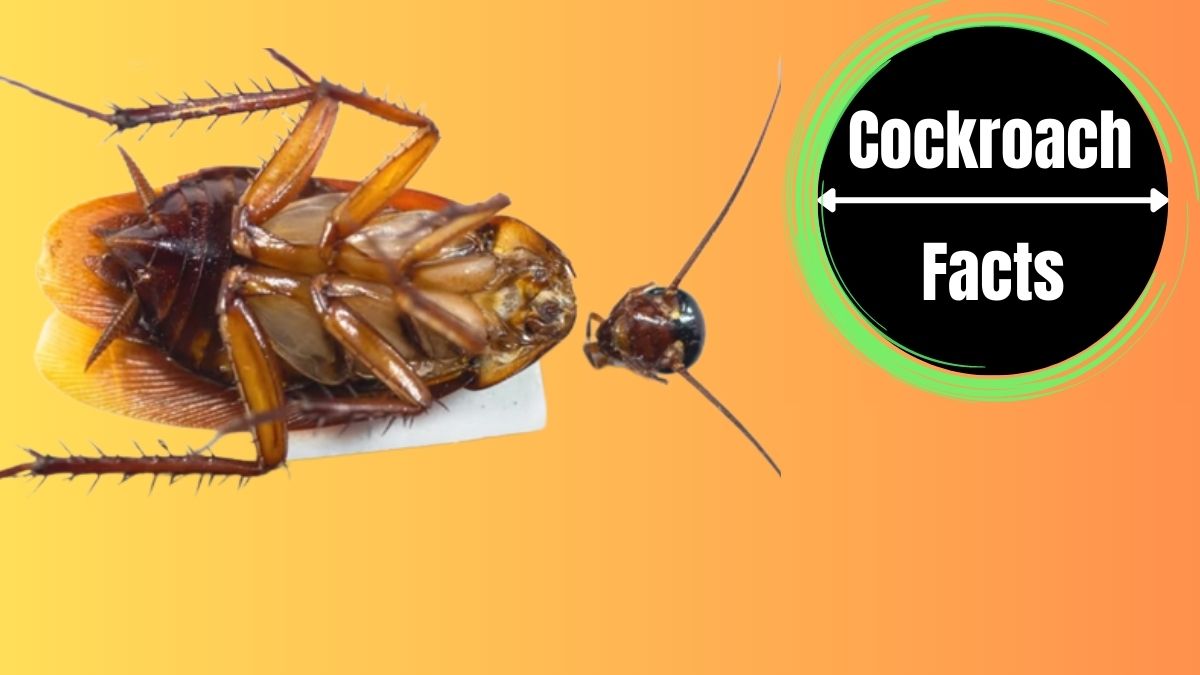How Long Can Cockroaches Live Without Their Head?
Cockroaches are notorious for their resilience and survival abilities. One of the most fascinating aspects of these creatures is their ability to survive for a surprising amount of time even after decapitation. While it may seem morbid, understanding the physiological mechanisms behind this phenomenon can shed light on the remarkable adaptability of these insects. In this guide, we will explore how long cockroaches can live without their heads and the reasons behind their uncanny survival.
Immediate Impact of Decapitation
When a cockroach is decapitated, the immediate effect is the loss of the head, including the brain and major sensory organs. As a result, the cockroach is unable to see, hear, or process information in the same way it did when its head was intact.
Survival Instincts
Despite the loss of critical body parts, the nervous system of a cockroach is distributed throughout its body. This decentralized structure allows the insect to continue performing basic survival functions, such as breathing and moving, even without the presence of a head.
Breathing Mechanism
Cockroaches have a series of small tubes called spiracles located on the sides of their body segments. These spiracles serve as openings to the insect’s respiratory system. Through passive diffusion, oxygen enters the spiracles and is distributed directly to the tissues, allowing the cockroach to breathe even without a head.
Circulatory System
The circulatory system of a cockroach is an open system that does not rely on the heart to pump blood. Instead, the movement of muscles and body contractions help circulate the hemolymph (cockroach blood). Although the decapitated cockroach may experience reduced blood pressure, this mechanism still allows for basic circulation and nutrient distribution.
Metabolic Rate
Cockroaches have a relatively low metabolic rate, which means they do not require as much oxygen as mammals. This lower metabolic rate contributes to their ability to survive without a head for an extended period. The cockroach’s body can rely on stored energy reserves while minimizing the need for additional oxygen intake.
Lifespan Without a Head
The exact duration a cockroach can survive without its head varies depending on several factors, including the species, environmental conditions, and the individual cockroach’s health prior to decapitation. In general, a decapitated cockroach can survive for approximately one week to several weeks, although rare cases have been reported where they lived for months.
Limitations and Challenges
While decapitated cockroaches can survive for a significant period, there are limitations to their survival. The loss of sensory organs and the brain severely impacts their ability to perform complex behaviors, such as feeding, reproducing, and responding to stimuli. Eventually, the lack of intake, combined with the inability to maintain essential bodily functions, will lead to the demise of the cockroach.
Ethical Considerations
While it may be tempting to conduct experiments or observe decapitated cockroaches, it is essential to consider ethical guidelines regarding animal welfare. Respect for living organisms and their well-being should always be a priority.
Conclusion
The ability of cockroaches to survive without their heads showcases their remarkable adaptability and survival instincts. Despite losing critical sensory organs and the brain, their decentralized nervous system, efficient respiratory system, and low metabolic rate enable them to continue basic bodily functions for an extended period. However, it’s important to remember that this phenomenon should be observed with ethical considerations in mind. Understanding the survival mechanisms of cockroaches provides valuable insights into the diverse strategies nature employs for survival in challenging circumstances.

